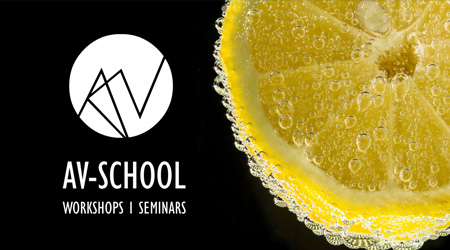Sensory Mechanisms in Arts
Teaching Staff: To be announced
Course Code: AVA446
Course Type: Elective
Course Level: Undergraduate
Course Language: Greek
Semester: 4th
ECTS: 5
Teaching Units: 3
Teaching Hours: 3
Teaching Structure:
| Activity | Semester Workload |
|---|---|
| Lectures | 26 |
| Lab Practice | 13 |
| Literature Study and Analysis | 70 |
| Practice and Preparation | 40 |
| Course Total (ECTS: 5) | 149 |
This course focuses on the use of open interaction technologies that occurs in the arts. The course aims to familiarize participants with the implementation of DIY (do- i t -yoursel f ) , DIWO (do- i t -wi th-others) applications and original interactive projects.
The main objective of the workshop is to use the tools of Physical Computing to produce an interactive project. The lab explores methodologies for managing input, output and communication devices using the Arduino platform. It provides skills for a more effective approach to interactive technologies in the Arts from concept to implementation.
Physical Computing - Sensing and Controlling the Physical World with Computers, , Tom Igoe, Dan 'o Sullivan, Thomson, NY
Keyboard Happenings: Architecture and Information, A.Cohen, A.Floros (eds.), Futura/University of Thessaly
The exercise serves as a real field of study of the interaction and the process of developing and designing a project using open technologies.
The following open interaction technologies were used:
Arduino IDE
Fritzing
Processing
Tinkercad
This year's theme was the classroom. Students are required to implement the project proposal and present it in public. Part of the educational process was the participation of the course in the exhibition "The Schoolroom" as implemented by the Postgraduate Programme "Audiovisual Arts in the Digital Age".
Back
| << | < | December 2025 |
> | >> | ||
| Mo | Tu | We | Th | Fr | Sa | Su |
1 |
2 |
3 |
4 |
5 |
6 |
7 |
8 |
9 |
10 |
11 |
12 |
13 |
14 |
15 |
16 |
17 |
18 |
19 |
20 |
21 |
22 |
23 |
24 |
25 |
26 |
27 |
28 |
29 |
30 |
31 |
||||



 Sensory Mechanisms in Arts
Sensory Mechanisms in Arts







